Today, we have the honor of interviewing Ogi. Specializing in impeccable fineline and beautiful dotwork, Ogi seamlessly weaves abstract elements into his work, often connecting tattoos through spiritual themes.
What gives these pieces their unique look is how the shading is worked to perfection and how the compositions and challenging, original, and unique.
He creates truly amazing pieces of art, and I’m not the only one who thinks that way. With an impressive Instagram surpassing well over 100,000 devoted fans, Ogi is a globetrotting artist renowned for his intricate and detailed tattoo pieces.
As he prepares to embark on a tour of Germany, with stops in Frankfurt, Stuttgart, Düsseldorf, and Munich, we delve into Ogi Tattooer’s journey, inspirations, and approach to the mesmerizing world of tattoo artistry.
Hi Ogi, can you start by telling us how you discovered your passion for tattoos?
From a very young age, I loved drawing, and thanks to this, I naturally grew up with a much better understanding and skill in drawing than others. Due to the obligation of Korean men to join the military as an adult, I joined the military when I was 20 years old. It was a time when tattoos were illegal and people with tattoos were not common, but since the military was a place where a variety of people gathered, I was able to see many people with tattoos at that time. It was the first time I was able to see a tattoo up close that was unfamiliar to me. It was really interesting to me that the canvas was not paper, but the human body, and I was instantly fascinated by the uniqueness of the art, which was different from the art I had seen before. At the same time, I thought, “Oh, I think I can do better if I do it.” From then on, I dreamed of becoming a tattoo artist.
And what path did you take to becoming the artist you are today?
As is well known, Korea does not have any educational institution related to tattoo education because tattooing is illegal. That’s why I used social media called Facebook to request a few tattooists I was interested in if they could give me a class about tattoo. Among them, I was able to learn tattoo by @bk_tattooer, and with this opportunity, I was able to grow as a tattooist. Even at that time, bk was conducting guest work overseas, and I was able to get the opportunity to go together. Through that opportunity, I was able to meet several tattoo artists, and I was able to develop further by exchanging questions while watching them work next to me. Of course, tattoo-related YouTube has also helped me a lot. I went through a lot of trials and errors before I tried real human skin. A lot of fake skin was used, and after getting tattoos on my thighs, I was able to study how to work while watching the healing process. I feel like I’ve been able to be who I am now because I’ve always been making these efforts with passion for tattoos.
Traveling often, you’re about to tour Germany. How does exploring different places influence your art and career as a tattoo artist?
It’s really appreciated to me that I can work in a variety of places. This is because it is an important place to face great overseas tattooists who can only see their work through social media, exchange views on tattoos and share many skills.
And in Korea, there are some people who have an uncomfortable view of tattooists. When I work abroad, it was a new experience and unforgettable moments for me thanks to people who just looked at me as an artist. In these aspects, it is really thankful for me to be able to do a guest tour abroad.
Fineline is one of your specialties. What drew you to this intricate style and how did you go from an apprentice to doing this kind of work?
I respect a tattoo artist named Osacar Akermo. The traditional black & gray genre may feel a little heavy because it fills all spaces without any space. I think he is the first tattooist to express an understated margin and rich tattoo according to the line flow of the human body among tattooists focusing on the black & gray genre. To build my own style, based on the inspiration I got from him, I am also researching and trying to harmoniously express the beauty of the interaction between black & gray and geometry to create a design that is both understated and rich, and able to flow the lines of the human body. In terms of design, I think there is no end point, so I am constantly trying to raise the visual level through various art media, exhibitions, and viewing antique buildings. Until the day when the black and gray genre can be loved by both men and women of all ages, I will keep trying to complete a style that can show restrained weight and sophisticated beauty.
Can you walk us through your creative process, from the initial consultation with a client to the finished tattoo?
They can access my work through social media such as Instagram and Facebook, and they can contact me through the email, listed on my social media profiles.
First of all, the customer should provide the following information.
- 2-3 topics they want to get tattooed on.
- A photograph of actual body parts that they want to get tattooed on.
- The size they want to get tattooed on.
- How much time they can spend on the tattoo.
There is a lot of data depending on the topic, but since each individual’s muscle is different, it is most important to get a picture of the actual body part they want to get a tattoo in advance so that I can collect data that can best flow to their muscle line. Based on the information I received from the customer, I design the collected materials and geometry in my own style. Customers can see the completed design on the day they make a reservation, and if they want a correction, I respond immediately. Once the design is confirmed by them, I start working on it.
What is the most memorable tattoo you’ve ever created, and what made it special to you?
I’m glad that I think I’m recognized as a tattooist when I’m commissioned to design a large work. My first big work was done in Germany. Customer wanted to get tattoos on the front of body. And I designed topics and geometry in consideration of muscle lines and it blends as well as I thought. I think the feeling I wanted to express came out well. Also, as the human body is a canvas for the tattooist, his muscle lines were really beautiful, and I was grateful to be able to express the hard-working design with a great body.
Your tattoos often employ fineline and very thin shading. For all of us who’d love to get a tattoo from you, what can you tell us about how your tattoo work will age?
Over time, some tattoos can fade, blur, or change in appearance. But so far, I have found techniques to reduce skin damage as much as possible while getting tattoos, and I also use the highest quality ink and needles. That’s why I think that if follow-up care is done well until new flesh comes out after getting a tattoo, good results can be expected even after time.
What would you say is your biggest challenge at the moment?
Thank you, Ogi, for taking the time to share your insights and experiences with our readers.
That concludes our interview, offering a captivating glimpse into the world of detailed dotwork, fineline precision, and the incorporation of spiritual elements in tattoo art.
To stay updated on Ogi’s latest masterpieces, make sure to follow him on Instagram @ogitattooer.
Are you a tattoo artist and you’d like to get an interview with us?
Make sure you reach out to us at [email protected].
And thank you for joining us on this artistic exploration!

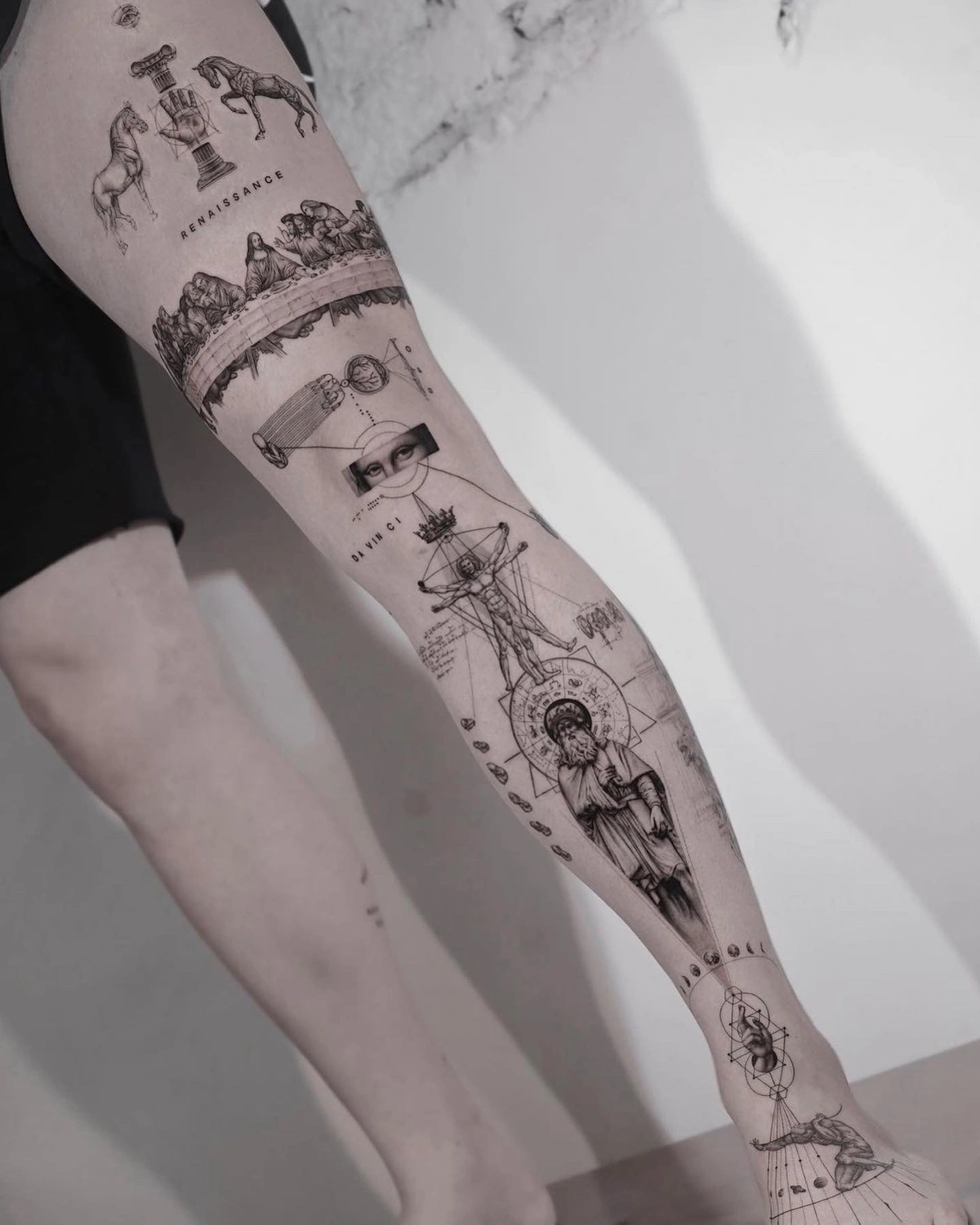
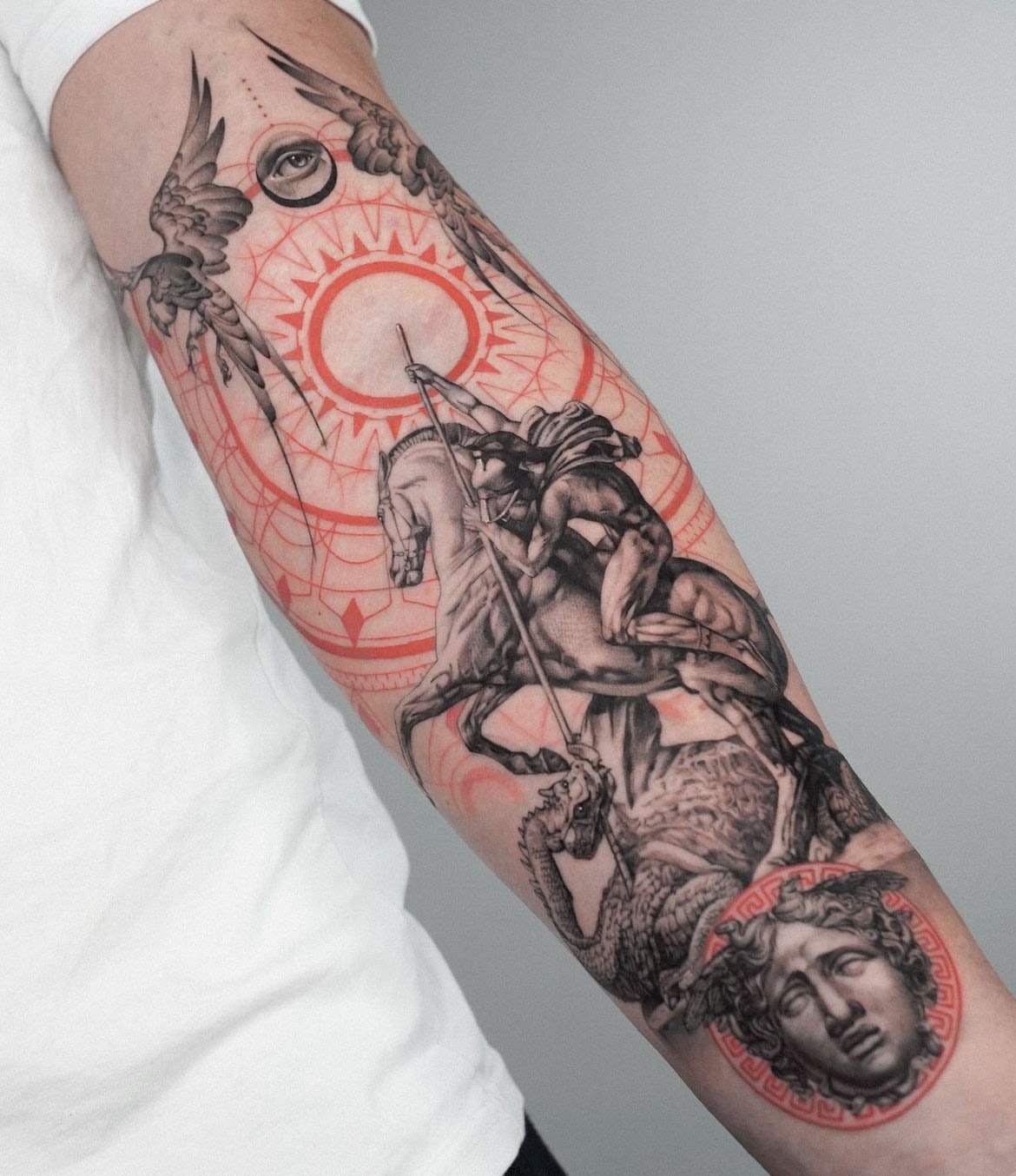
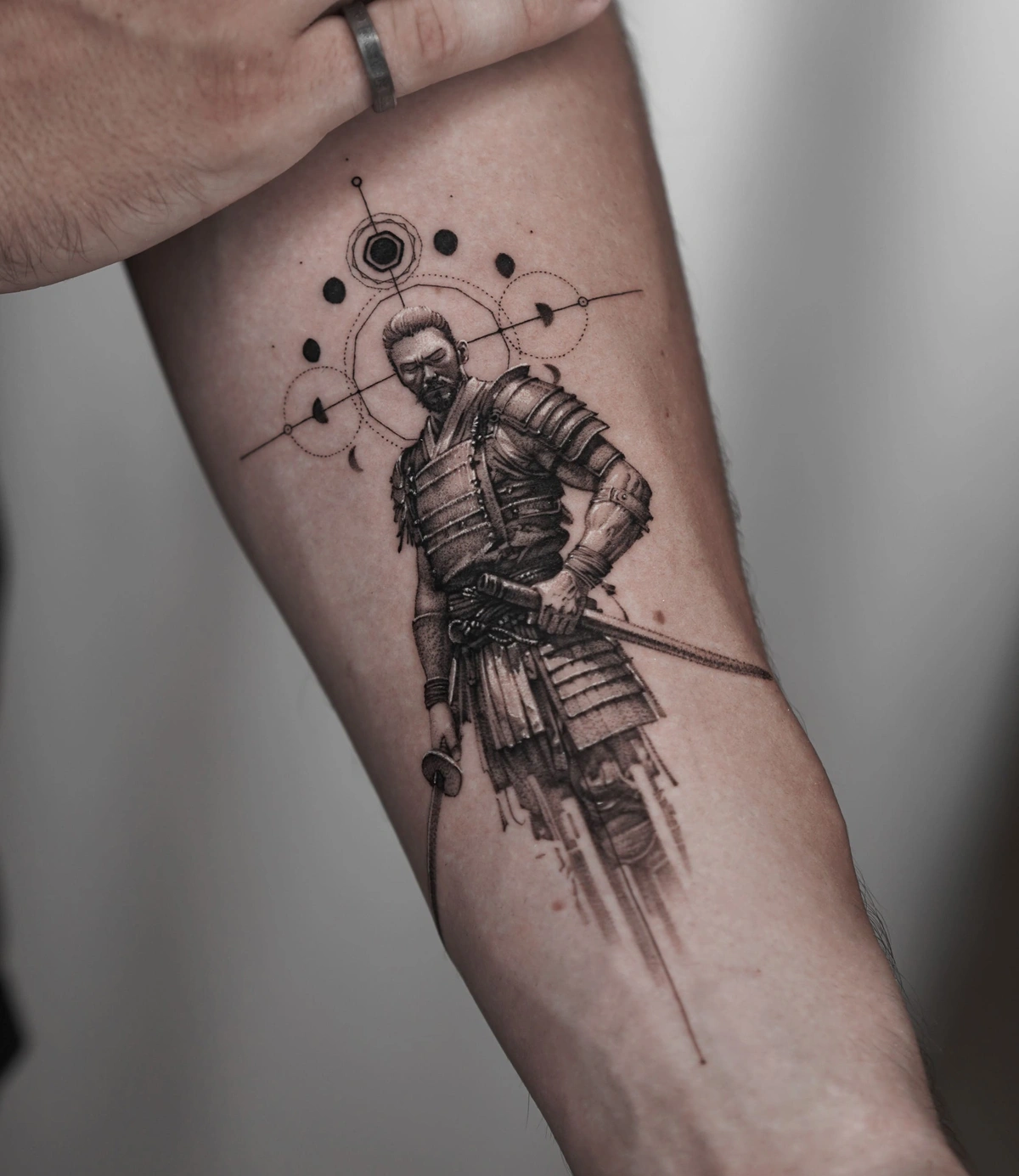
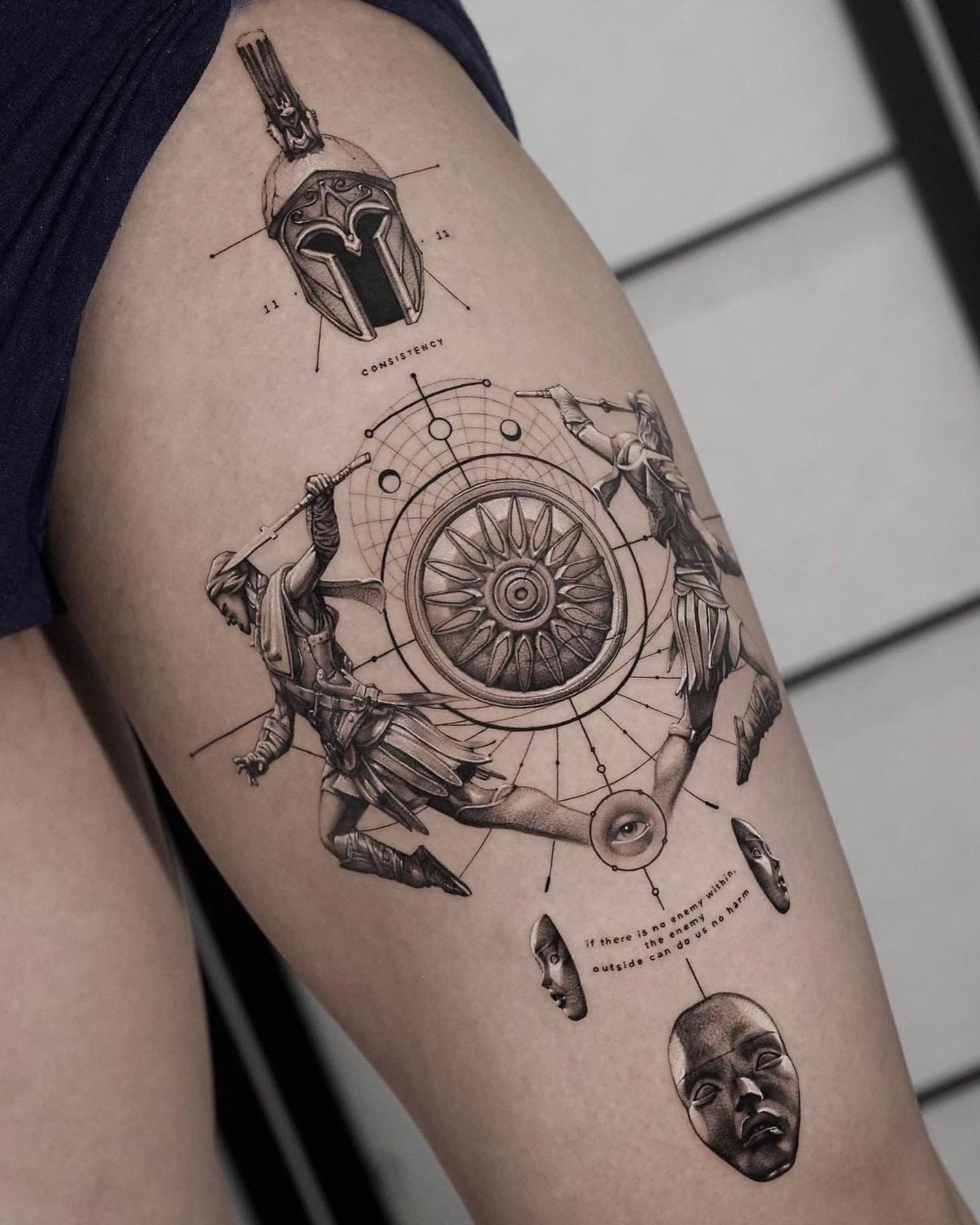

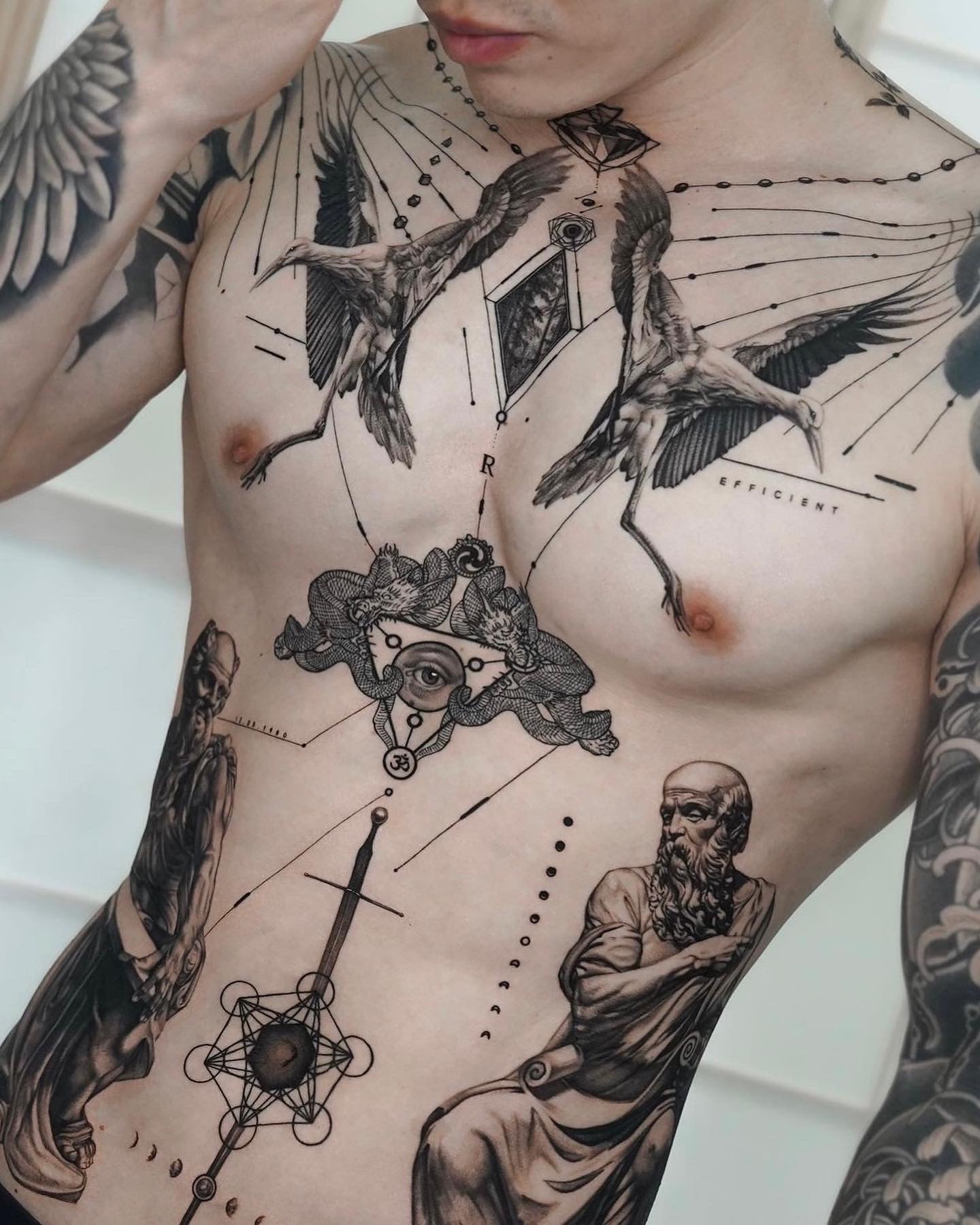
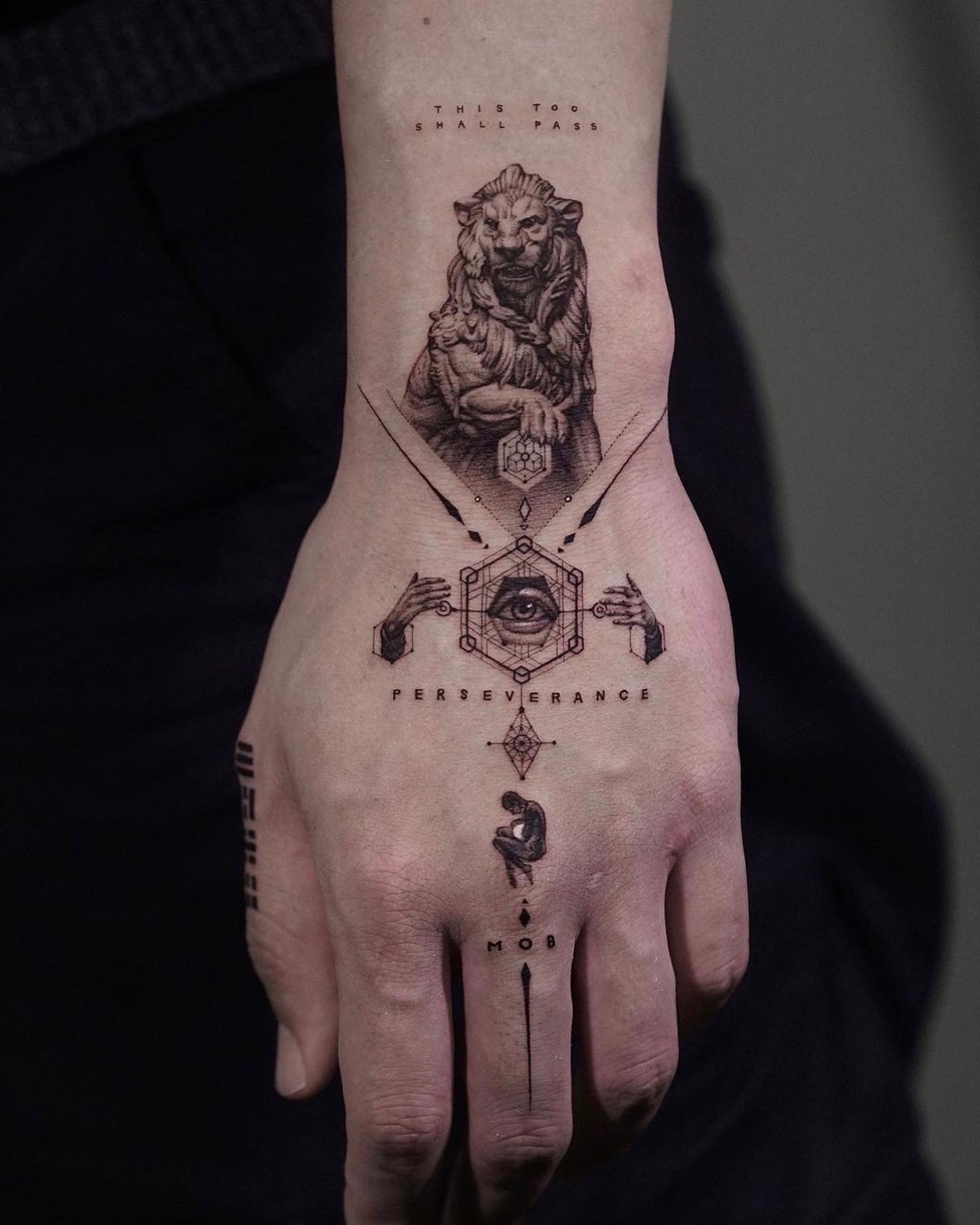
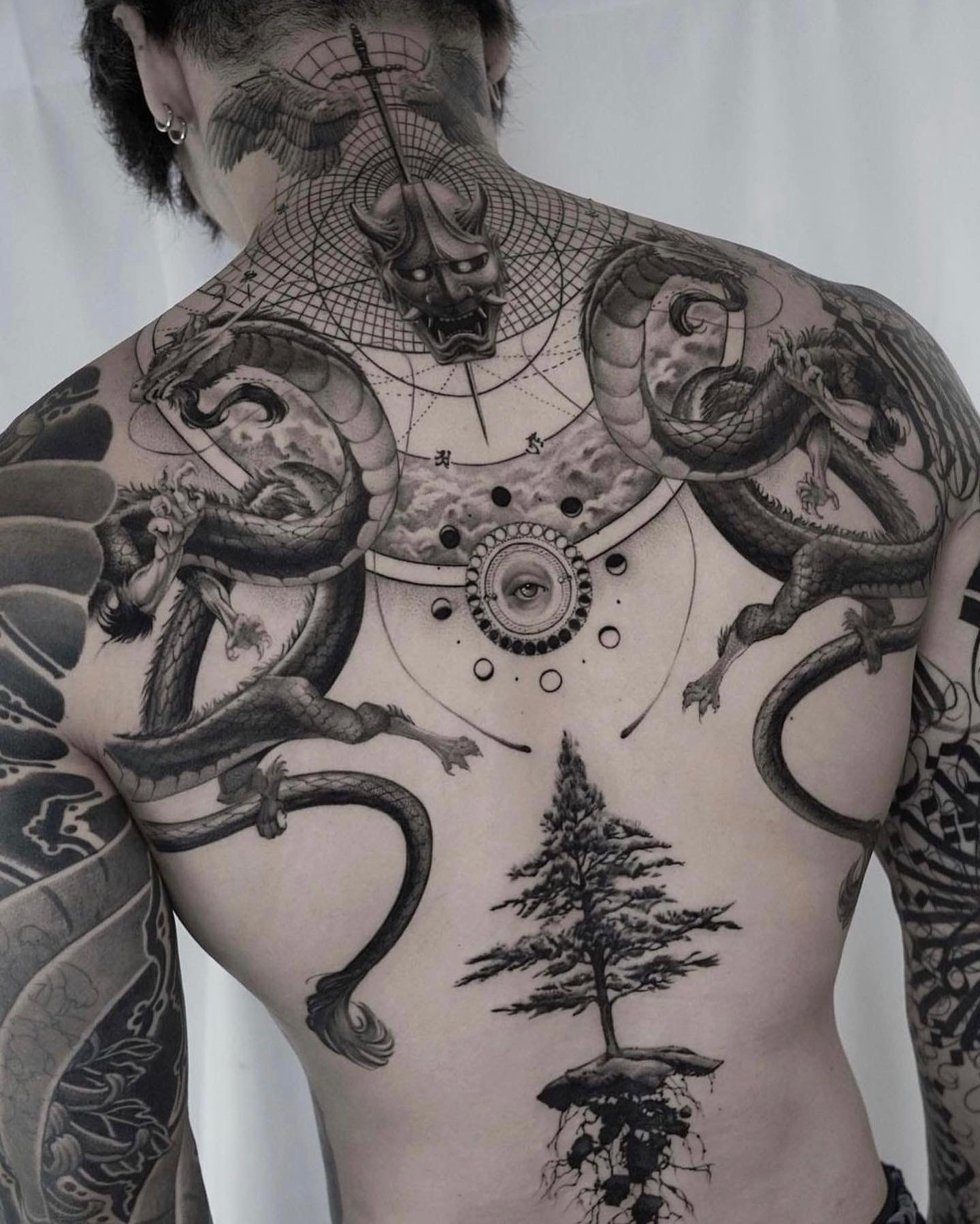
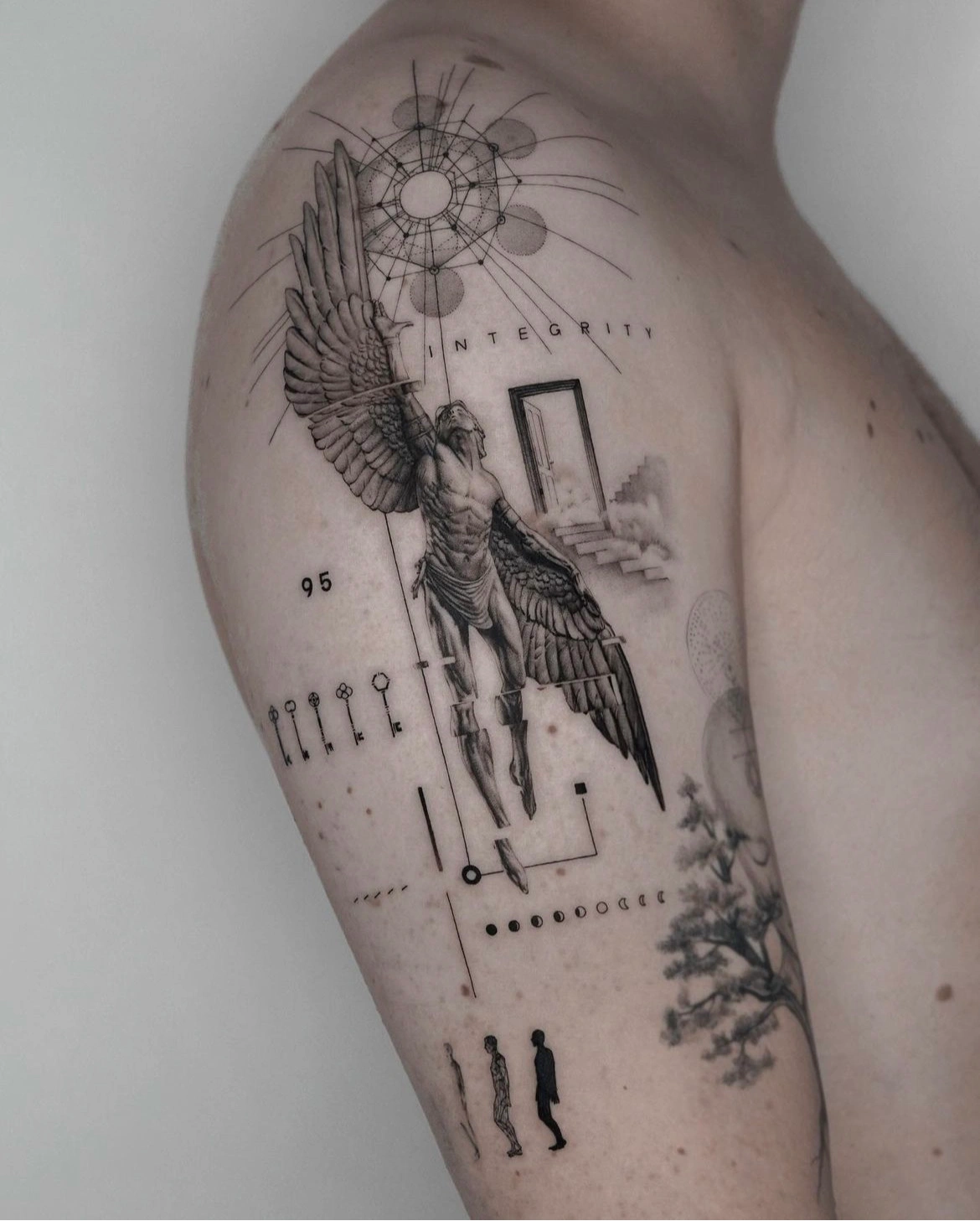
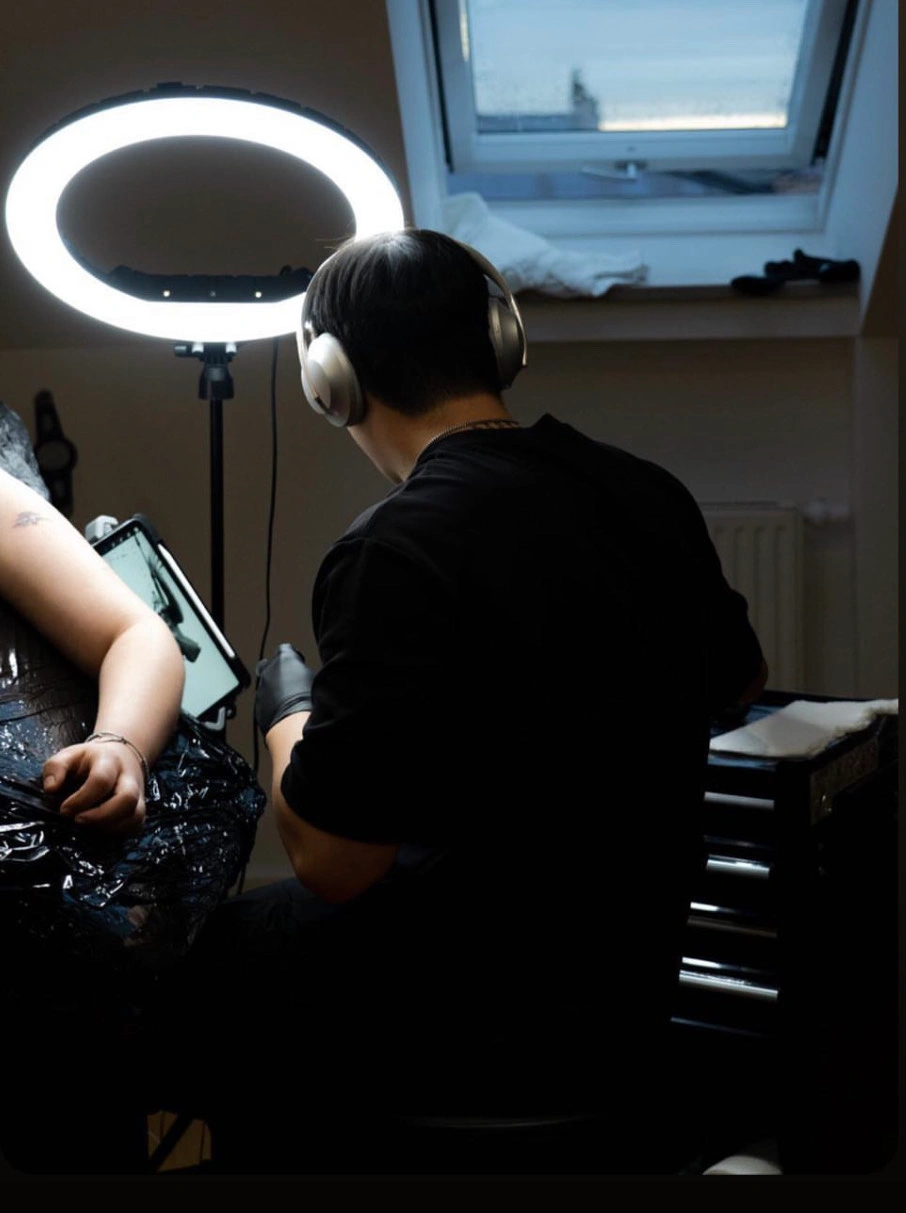

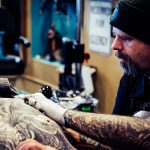
No Comment! Be the first one.